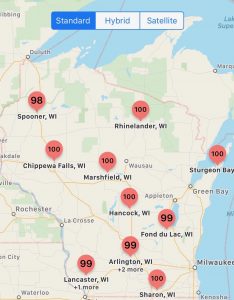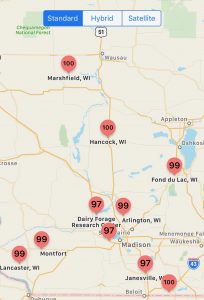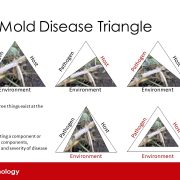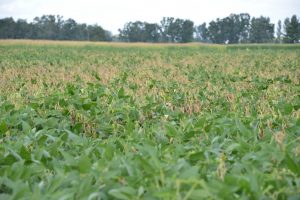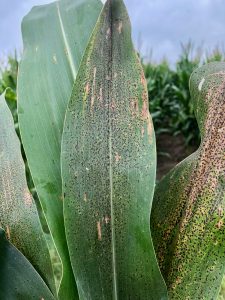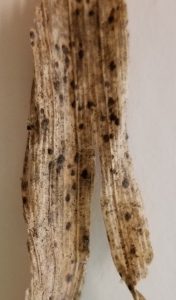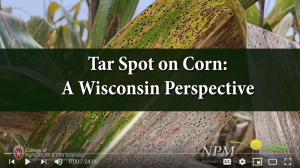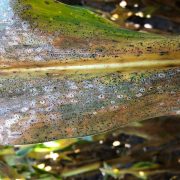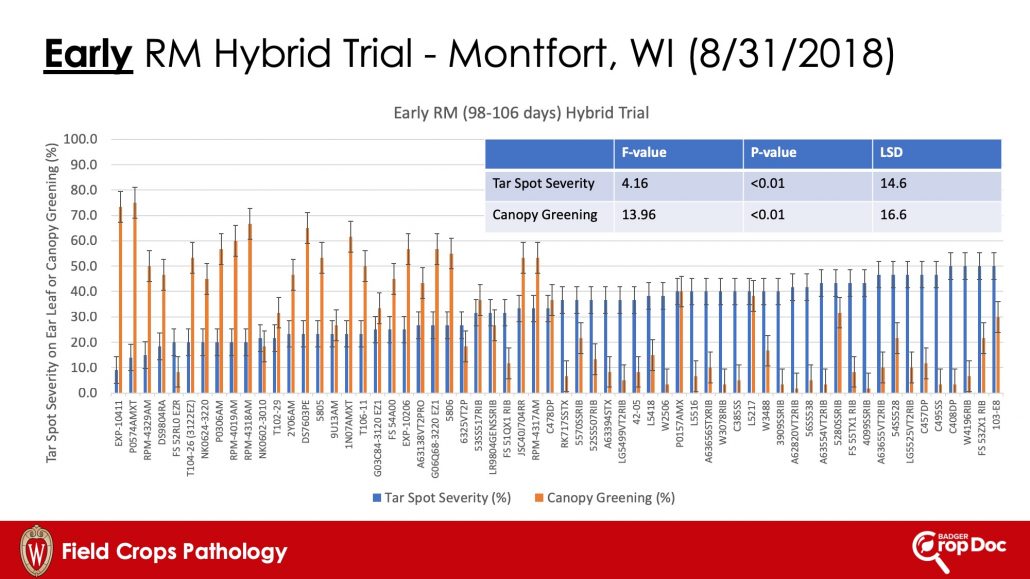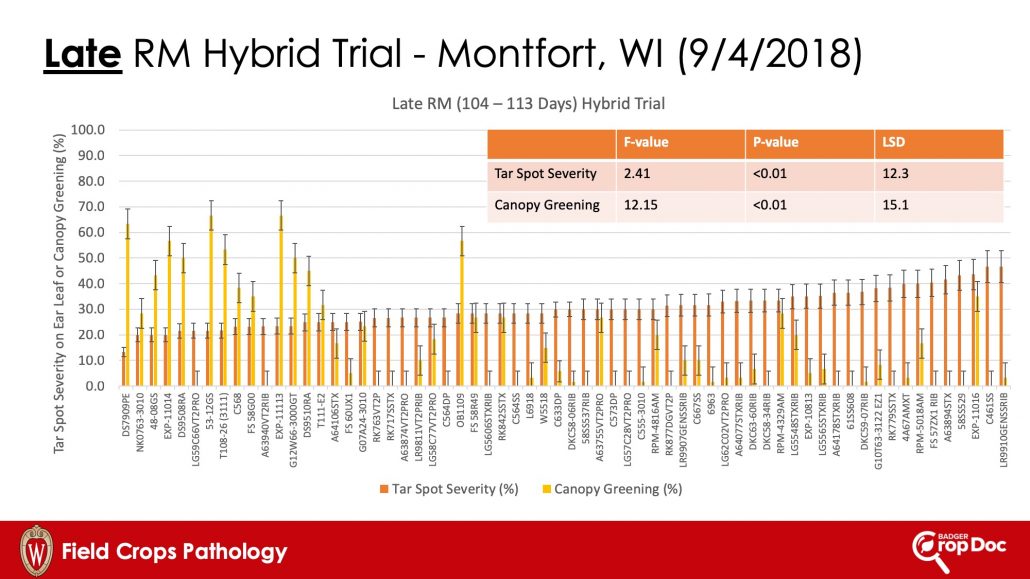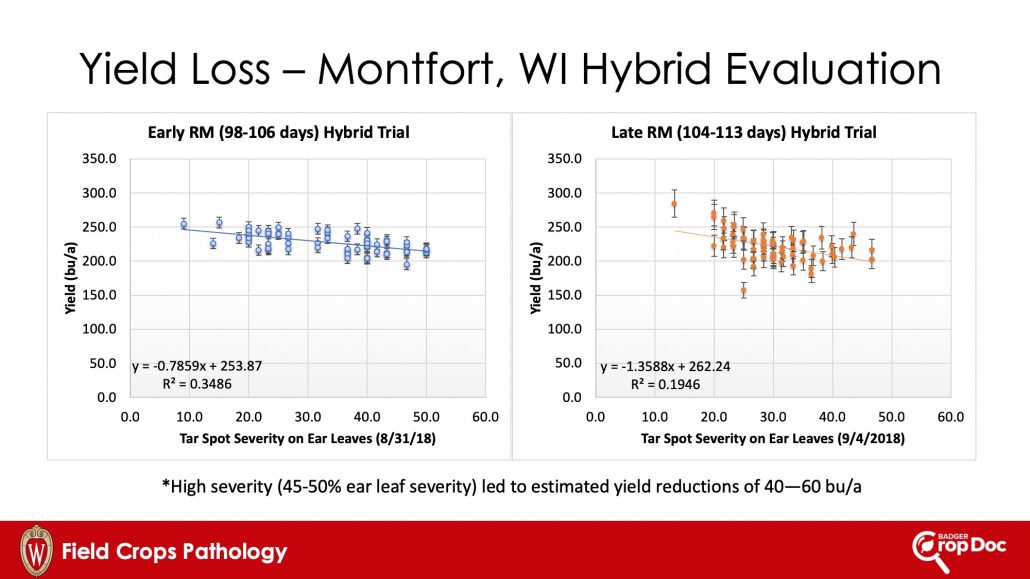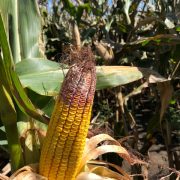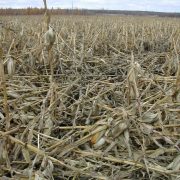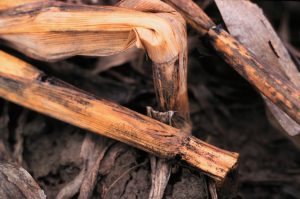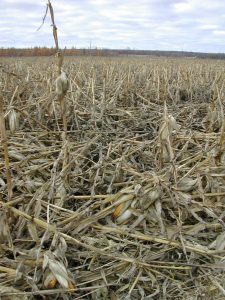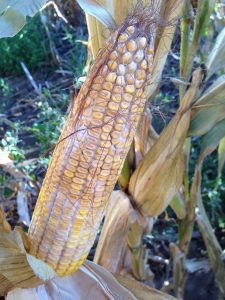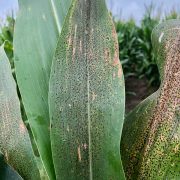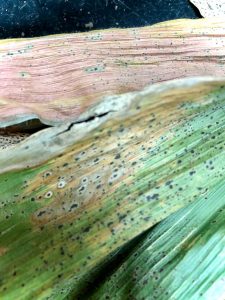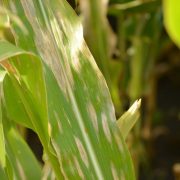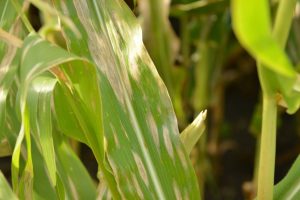Tar Spot on My Mind
Damon Smith, Extension Field Crops Pathologist, Department of Plant Pathology, University of Wisconsin-Madison
Tar spot seems to be on everyone’s mind now that corn planting is nearing the finish line. The challenging spring and wet weather has folks now focused on the various disease issues that might be in front of us if we stay in this cool and rainy pattern in Wisconsin. I addressed this concern in an article earlier this season, and tar spot is certainly a disease that could be significant if the weather stays wet and cool.
As many are aware, we have worked with a group of plant pathologists in the Midwest during the winter of 2019 to develop a tar spot prediction tool. The model that runs the tool is based on data from the Arlington Agricultural Research Station located in Arlington, WI and data from a single location in Michigan. Data from several fungicide trials were used to generate probability-based prediction models for tar spot epidemics. The framework of the models follows that of our previous models for soybean, which run the Sporecaster application. However, the weather information and predictor variables have been changed based on our work in corn in 2018. While the preliminary smartphone application, called Tarspotter, has been programmed it needs to be validated in replicated studies and in observational studies to determine the accuracy. Thus, Tarspotter is not publicly available and is being tested by extension and industry colleagues during the 2019 season. With that said, I will provide an outlook based on the calculated risk and my interpretation of the risk for Wisconsin during the season.
What is the Present Risk For Tar Spot Development?
Figure 1 shows the calculated risk from Tarspotter for June 19, 2019, for various locations in Wisconsin. Figure 2 provides a zoomed view for southern and south-central Wisconsin. As you can see, the present risk is very high for tar spot development in all locations examined. This is due to the fact that the weather has been extremely cool and wet for the past 30 days across the entire state. Tar spot is favored by persistent temperatures between 60 and 70 F and high relative humidity averaging above 75% for a 30-day period. We have been right in the zone for conducive conditions for this disease.
Should I Spray Fungicide Now on My Corn in Wisconsin?
The short answer is NO! While the weather has been conducive for tar spot, corn is still very young. We would not recommend spraying corn for any foliar disease any earlier than V6. In fact, I would urge folks to hold off as long as they can toward VT to make a fungicide application. Some things to consider in this decision to spray fungicide for tar spot at V6 would be the field history. Has tar spot ever been found in a field? If not, then there is presumed to be no local inoculum available for infection, even if conditions are conducive (remember that the disease triangle is important). In fields with no history of tar spot, scout regularly and monitor the risk maps and what we are recommending based on our observations. You might be able to hold off longer on that fungicide application and get it on at VT where a return on your fungicide investment is more likely. If you have had a history of tar spot and you know that you have a hybrid that is more susceptible and there is a large amount of infested residue, then you should monitor this situation closely. Remember that the first 4 or 5 leaves on a corn plant don’t contribute to yield. In fact the corn plant will soon get rid of those leaves, as the adult leaves emerge and the stalk elongates. Thus protecting leaves prior to V6 or V8 really doesn’t make a lot of economic sense (let alone biological sense for the Midwest). If you have had a history of the disease, conditions remain conducive, and the crop is V6-V8 or later, a fungicide application might make sense. Weigh the economics of this application and shop around. There are many products that have demonstrated decent efficacy toward tar spot. You can find our 2018 fungicide test summaries by CLICKING HERE and scrolling down to pages 2-7.
The Summary
While weather has been conducive for tar spot over the last month, do a little homework and evaluate the likelihood that tar spot might develop early in your field. Remember, if you have no history of the disease, then the likelihood of local inoculum being present is low. Saving the fungicide application for later in the season might be a better option. If you have a history and you know you have a susceptible hybrid coupled with a no-till situation, then the risk is higher and you need to evaluate the economics of doing an application of fungicide as early as V6. Remember, if you do a V6-V8 application of fungicide, conditions could stay conducive later in the season for tar spot. Those early applications will “burn out” but the time the tasseling period rolls around. So if you do put a fungicide spray on at V6, you might have to come back at VT with another application to protect plants during the reproductive phase, should we stay in favorable conditions for tar spot. Keep an eye on the weather and keep scouting!
More Tar Spot Information


